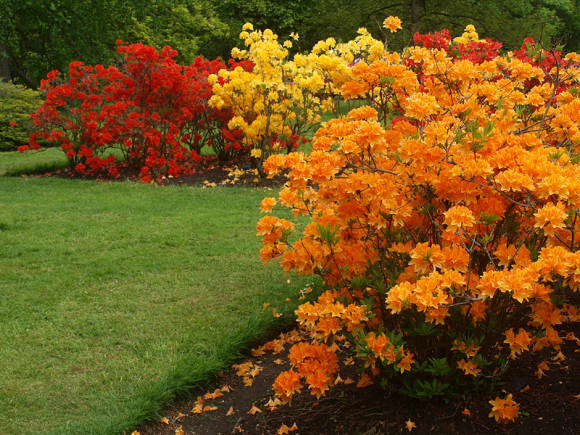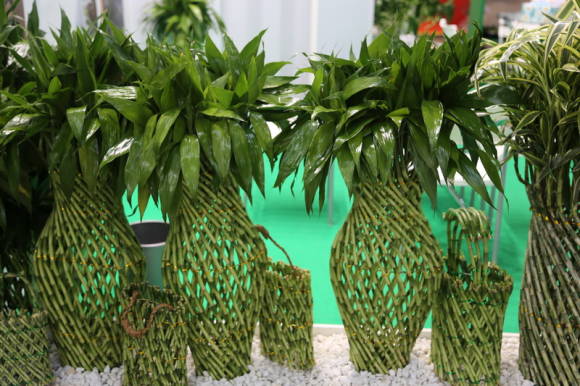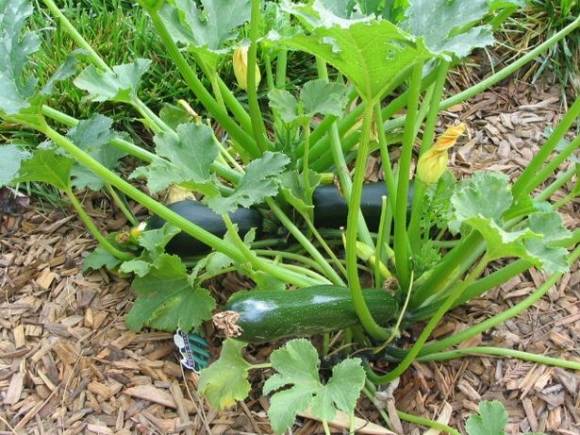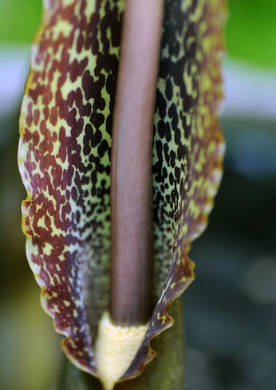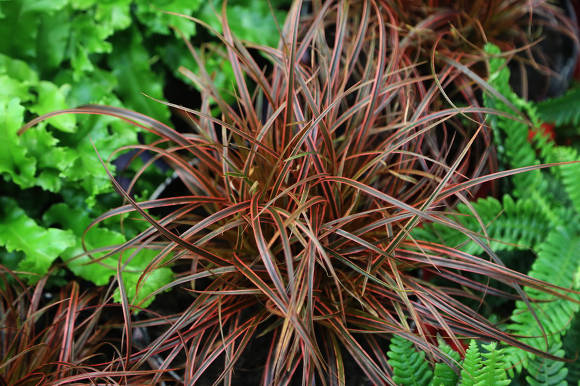
Continuation. The beginning is in the articles
- Great maize, or just corn
- Sweet corn varieties
Sweet corn is not a capricious plant, but getting a really good harvest requires attention and care. This culture is very thermophilic. Seeds begin to germinate at + 8 ... + 10 ° С, the most favorable temperature for plant growth and development is + 18 ... + 24 ° С. The site for its growth should be well lit, protected from the winds.
Vegetable sugar corn is a plant of short daylight hours. For the favorable development of this corn needs 12-14 hours of daylight hours. With a longer daylight hours, the plants begin to bloom later, the ripening period is delayed, and the growing season increases.
Soil prefers fertile, humus-rich, well-warmed, air and water permeable. It grows well on deep alluvial and sandy loam chernozems, light loamy chernozems. To avoid over-pollination with a loss of grade purity, sweet corn is not sown next to grain.
Predecessors for sweet corn, the rotation can be tuberous crops, legumes, or tomatoes. Also, corn gets along well with melons and cabbage.
Watering... Demanding for watering. A good ear of corn can only be obtained with abundant watering 2-3 times a week.
Care... To improve aeration of the root system and stimulate the emergence of additional roots, it is necessary to hilling and loosening the soil. Loosening of the soil near young seedlings is carried out extremely carefully so as not to damage immature plants. Weeding is done as needed, usually twice throughout the sweet corn growing season.
If the vegetable maize variety is prone to lodging or the area is not sufficiently protected from the winds, it is advisable to tie up the stems in advance, before the plants reach full growth.
Sweet corn is very sensitive to fertilizers. Plants require the greatest amount of nutrients during flowering and ear formation. With a lack of nitrogen, corn leaves turn yellow and dry out; if phosphorus is lacking, the leaves turn red. With potassium starvation, corn stops its growth, burns appear along the edges of the leaves, the grain turns out to be both large and small. Do not forget to bring calcium to the plantation: it not only neutralizes the acidity of the soil, but also promotes the formation of root hairs.
Under the autumn digging of the site, 2 kg of semi-rotted manure, 35 g of superphosphate, 25 g of potassium salt per 1 m2 are introduced. Mineral fertilizers can be applied both for autumn digging and for spring loosening.
Sowing... In early spring, the soil must be loosened by 8-10 cm. Corn is sown when the soil at the sowing depth warms up to + 8 ... + 10 ° С, usually in early May (southern regions of the country) and late spring (middle zone of Russia). One hundred square meters for sowing requires 200 g of seeds. Grains are laid out in the formed beds with a depth of 8-10 cm, with a step of 10-15 cm and sprinkled. An adjacent bed is placed 40 cm apart for better cross-pollination.
When planting with the square-nesting method, the site is divided into squares 70X70 cm and holes are formed into which grains are planted in the grooves and covered with soil, to retain moisture, the surface is mulched. After thinning, two plants are left in the nest. With thickening of crops and insufficient illumination in plants, the color of the leaves turns pale, the stem becomes thinner, growth and development weaken.
The rapid growth of corn begins with the appearance of the first node on the plant. Before the beginning of flowering, the plant grows up to 11 cm per day, after the forces are sent to the laying and growth of the cobs. Usually, when the second leaf appears, the seedlings are thinned out.Good results are also obtained by pinching plants in the phase of 7-8 leaves.

Top dressing... In order for the harvest to please with large cobs, corn needs additional feeding. At the initial stage of the growing season, nitrogen is introduced to stimulate plant growth. A week after the introduction of nitrogen, fertilizing is carried out with phosphorus, which is necessary for the formation of a large and printed cob. Together with phosphorus, potash fertilizers are also applied, they reduce the risks of plant lodging and strengthen the root system. The best option is the introduction of nitroammofoska and compost at the beginning of the growing season of the plant and at the stage of ear formation.
Harvest. Harvesting begins at the stage of milk ripeness. External signs of the readiness of the harvest are the following: the appearance of a drying edge about 1 mm wide on the outer layers of the wrapper, and the upper layers of the wrapper by this time are already less moist and tightly fit the ears; grain rows in the cob are tightly closed; the color characteristic of this variety is clearly expressed in all grains up to the very top of the cob; the top of the grain without dents and signs of wrinkling; when pressed with a fingernail, the shell of the grain bursts, an embryo jumps out of it and a milky-white liquid flows out.
The corn crop is usually harvested in two or three steps, since the plucked ears must be cooked or preserved immediately in order to avoid loss of sugar content in the grain.
Diseases and harms of corn. The most common diseases of sweet corn are: fusarium stem, seedling and cob; putrid lesions of the stem and roots; rust; dusty corn smut. Disease prevention involves mandatory pre-sowing treatment of planting material, treatment of seedlings with fungicides and compliance with corn crop rotation. It will also be necessary to give preference to modern hybrid varieties that are resistant to corn diseases, and strictly follow the rules of agricultural technology before planting.

The most common maize pests: wireworms, leaf-eating insects, scoops, swedish oat fly, darkling beetle larvae, caterpillars, meadow moths, locusts. A large concentration on the site of one of the listed pests can not only spoil the crops, but even leave them without a crop. To prevent the appearance of pests, plantings and soil are treated with protective biological preparations, as well as the attraction of beneficial insects to the site - entomophages. Compliance with crop rotation and timely plowing of the site also contribute to the prevention of pests. The fight against harmful insects that have appeared is carried out by treating plants with insecticides and installing pheromone traps.
Even a superficial acquaintance with sweet corn leaves no doubt that it is truly a great cereal, so that the ancient Indians were not at all mistaken in calling this plant divine.
Continued - in articles
- Medicinal properties of corn
- Cooking corn

